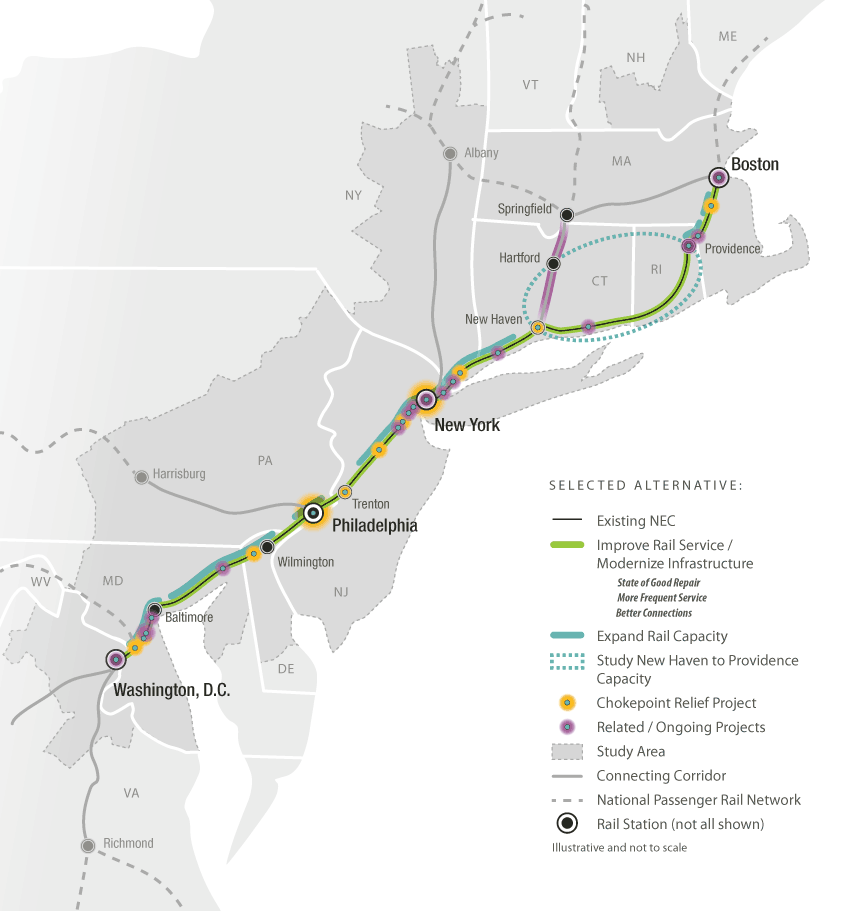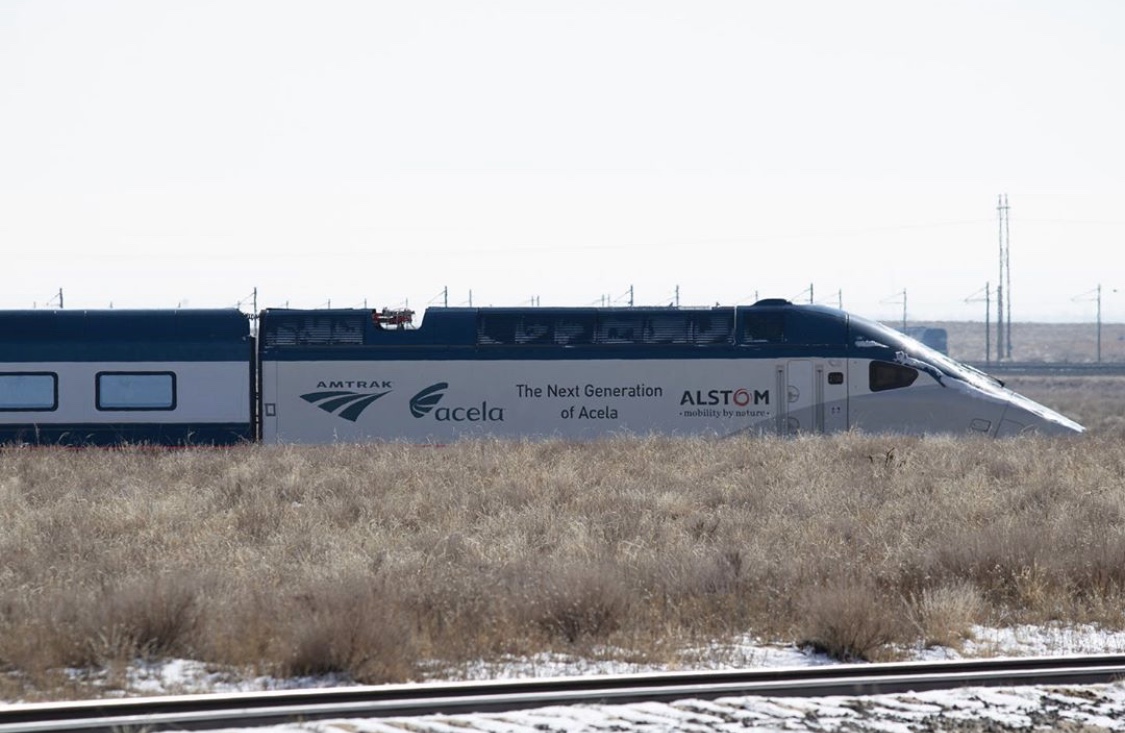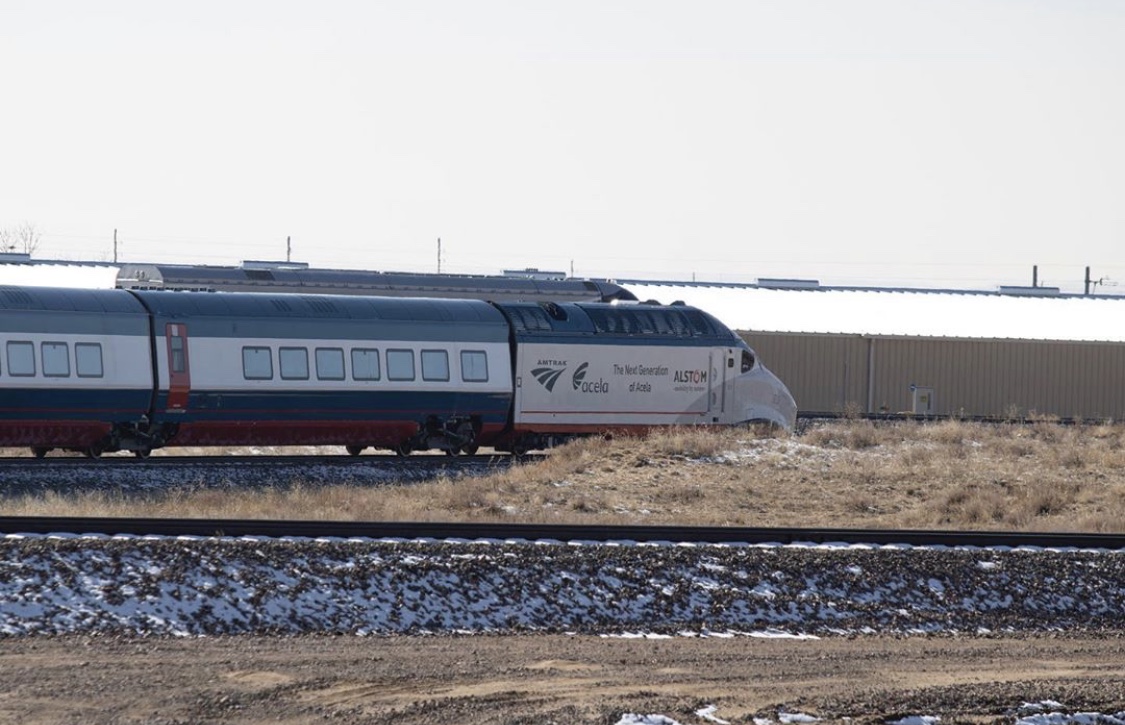F-Line to Dudley
Senior Member
- Joined
- Nov 2, 2010
- Messages
- 9,553
- Reaction score
- 10,422
Do you have a link to the station layouts/study? I've never been able to track them/it down.
See p. 79 for the MA track schematic.
I think this is the year they need to update this report since it's now 10 years old, so we could be seeing changes. The major shorting of 128 when it's structurally pre-built for 4 tracks/2 islands + the major shorting of Canton Jct. when it's got tons of room for a southbound platform turnout w/ center passer between junction switches and Canton Viaduct + the more minor shorting of Sharon/Mansfield are head-scratchers that need more fleshing-out. Hyde Park is depicted here as a placeholder, but in the NEC FUTURE copypasta of the same schematic drawing it showed as a squished island for some reason which really didn't make sense. When the NEC FUTURE traffic modeling came out mid-decade for 2040 HSR + Regional service levels, it immediately called into question why the earlier Master Plan didn't max out the stations more. So TBD on further clarifications if/when they revise this document.
Attleboro thru all the future Rhode Island infills all pretty much make perfect sense as depicted, and new Pawtucket Station now has a final design where 10 years ago it was depicted as a placeholder.








